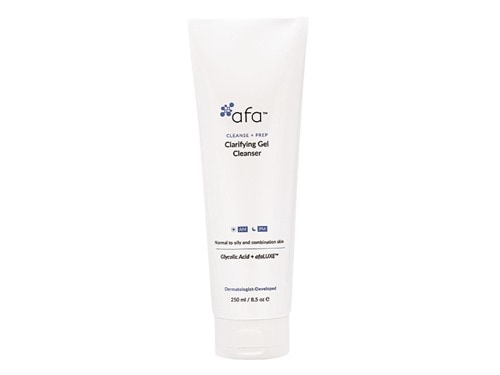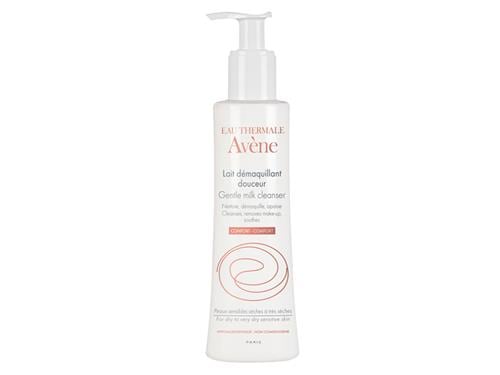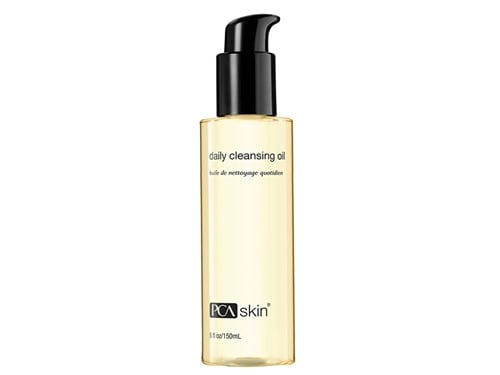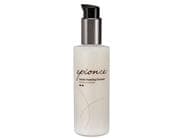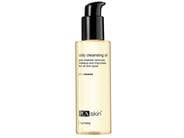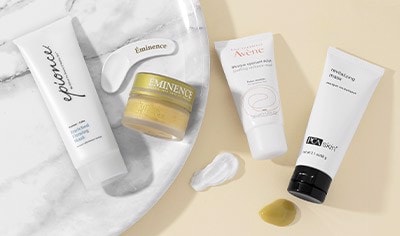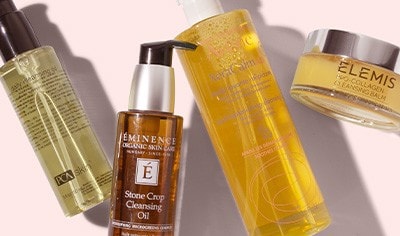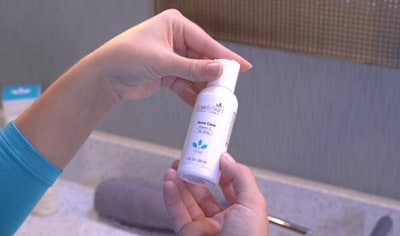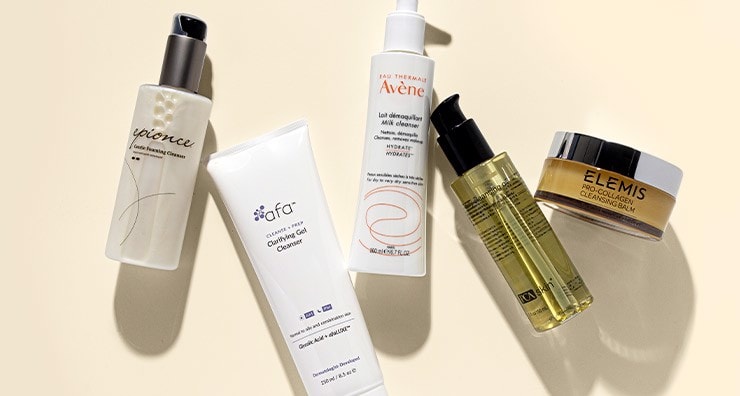
There are so many tasks we do on autopilot throughout the day, and washing your face may definitely be one of them. Did you ever stop to wonder if you really learned how to wash your face properly? Though it seems simple enough, chances are you may be making some missteps that could be keeping you from getting the best cleanse at home. Whether you need a refresher on how to wash your face correctly or didn’t know there was a wrong way to begin with, we’ll help get your cleansing routine on track as we cover:
- How to properly wash your face
- Why you shouldn’t wash your face in the shower
- Why you shouldn’t use a washcloth or loofah when you wash your face
- The best face cleansers to try at home
5 Tips on How to Wash Your Face Properly
1. Use tepid water.
Learning how to wash your face correctly starts with the water coming out of your faucet. The American Academy of Dermatology recommends washing your face with lukewarm water. “Washing your face with hot water can strip away your skin’s natural oils, leaving it feeling tight and dry,” says board-certified dermatologist and LovelySkin CEO Dr. Joel Schlessinger. “On the other hand, washing with cold water isn’t the way to go either. Because cold water causes your pores to tighten, the active ingredients from your facial cleanser won’t be able to penetrate effectively.”
Have you ever wondered how to wash your face properly in the shower? The answer, surprisingly, is not to wash it in there at all. “If you typically wash your face in the shower, chances are the water is warmer than what I’d recommend for face washing,” says Dr. Schlessinger. “Washing your face at the sink where you can easily dial the temperature back to lukewarm is a better choice.”
2. Use your hands.
When it comes to how to wash your face properly, you already have the most important tool right on hand—literally! Washing your face with your hands is also recommended by the American Academy of Dermatology. With the water running at the sink, use your hands to splash water onto your face before using your fingertips to gently massage your favorite facial cleanser onto your face. Once you’ve covered your entire face, use your hands to splash water onto your face again, thoroughly rinsing away all traces of cleanser.
3. Don’t scrub or use a washcloth or loofah.
Remember when we said all you need are your hands? It’s true—reserve that washcloth, loofah or mesh sponge for washing your body in the bath or shower, as scrubbing the skin on your face with them can cause irritation. “The skin on your face is more delicate than the rest of your body, so scrubbing with a washcloth can cause redness, inflammation or even broken capillaries,” Dr. Schlessinger says. “That’s not what you want.”
4. Wash your face regularly.
When it comes to how to properly wash your face, you might be wondering how often you should be doing it. Dr. Schlessinger recommends washing your face in the morning and at night before you go to bed. Your morning face wash will rinse away overnight products you applied the night before, plus bacteria and oils that make their way from your hair, eyes, nose and mouth onto the rest of your face while you’re sleeping. When you wash your face at night, you’ll be cleansing away the day’s application of sunscreen and makeup, as well as any dirt and oil that has settled into your pores throughout the day.
5. Use a dermatologist-approved cleanser.
What you use to wash your face is a major indicator as to whether or not you know how to wash your face correctly. Using a high-quality, dermatologist-approved cleanser will most effectively remove the makeup, dirt and oil that can potentially block your pores and lead to blackheads and breakouts. Once you’ve properly washed your face, your skin will be primed and ready for the active ingredients in the rest of your skin care routine—from refreshing toners to antioxidant serums—to penetrate effectively and go to work. Still, the question remains: What cleansers are dermatologists encouraging you to use when you’re learning how to wash your face?
5 Dermatologist-Approved Face Cleansers
Now that you’ve read up on how to wash your face correctly, it’s time to reach for a dermatologist-approved cleanser. We’ve rounded up five options with very different formulas—gel, foam, milk, balm and oil—so you can find the facial cleanser that feels just right for you.
afa Clarifying Gel Cleanser
If your skin tends to be acne-prone, this clarifying gel cleanser will help keep it in check. This formula uses AHA (2% glycolic acid), BHA (2% salicylic acid) and a dermatologist-developed molecule called afaLUXE™ to gently exfoliate your skin and sweep away impurities that lead to blackheads and pimples.
Avene Gentle Milk Cleanser
For skin that skews sensitive, this cleansing milk is a great choice. Free of artificial fragrance and only a blend of plant oils to lend a signature scent, this creamy cleanser gently removes makeup without stripping your skin of its natural oils. Vitamin E also provides soothing moisture that leaves your skin feeling soft and smooth.
Elemis Pro-Collagen Cleansing Balm
This rich cleansing balm has a smooth, velvety texture that effectively cleanses your skin and removes makeup, melting away even the most stubborn waterproof mascaras. Vitamin E helps provide antioxidant benefits while a blend of botanical oils—orange, mint, jojoba and chamomile—help soften skin while providing a soothing, spa-like scent.
Epionce Gentle Foaming Cleanser
If you like the sudsy feel of a foaming cleanser, you’ll love this formula. It dissolves all traces of makeup with willow bark extract and hydrates your skin with glycerin. It also contains marshmallow root and lavender extracts to help ease inflammation as you cleanse.
PCA SKIN Daily Cleansing Oil
Are cleansing oils more your style? Then you may have met your match with this option from PCA SKIN. Combined with water, this oil works up to a light lather, sweeping makeup, dead skin cells and excess oil from your skin and leaving it clean and refreshed. It contains grapeseed oil, sweet almond oil and vitamin E, which work together to leave your skin feeling moisturized and protected.
Now that you know how to wash your face correctly without stripping its essential moisture, you can keep the hydration coming by learning how to add hyaluronic acid to your skin care regimen.
Shop this blog
Caring for Post-Procedure Skin With Skin...
Grow a Better Beard for No Shave Novembe...
Follow us on social
Follow us on social networks and be one of the first to learn about sales, giveaways, and free samples

